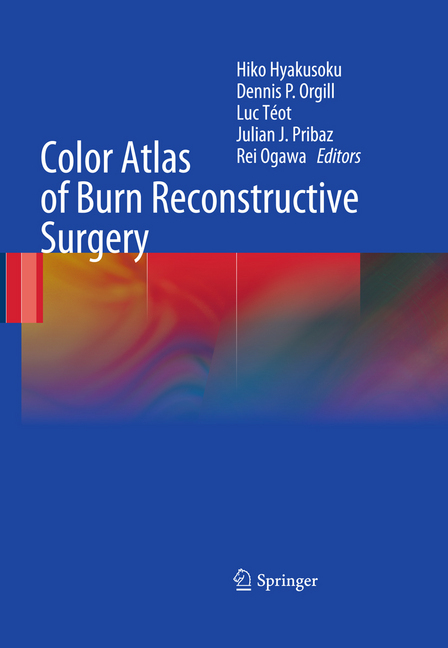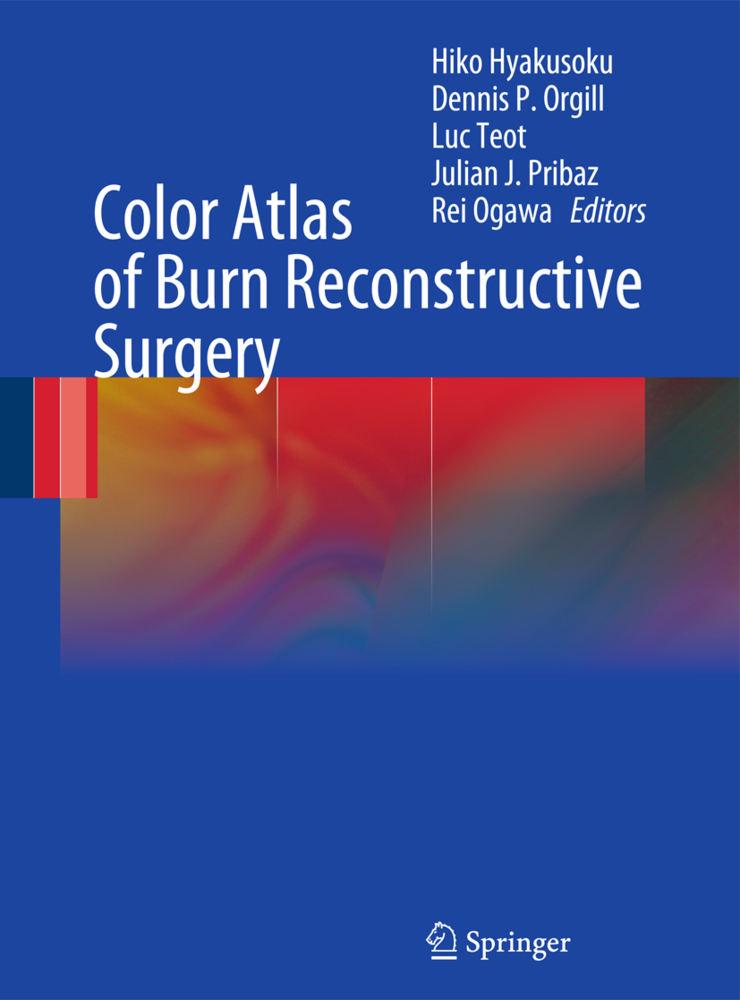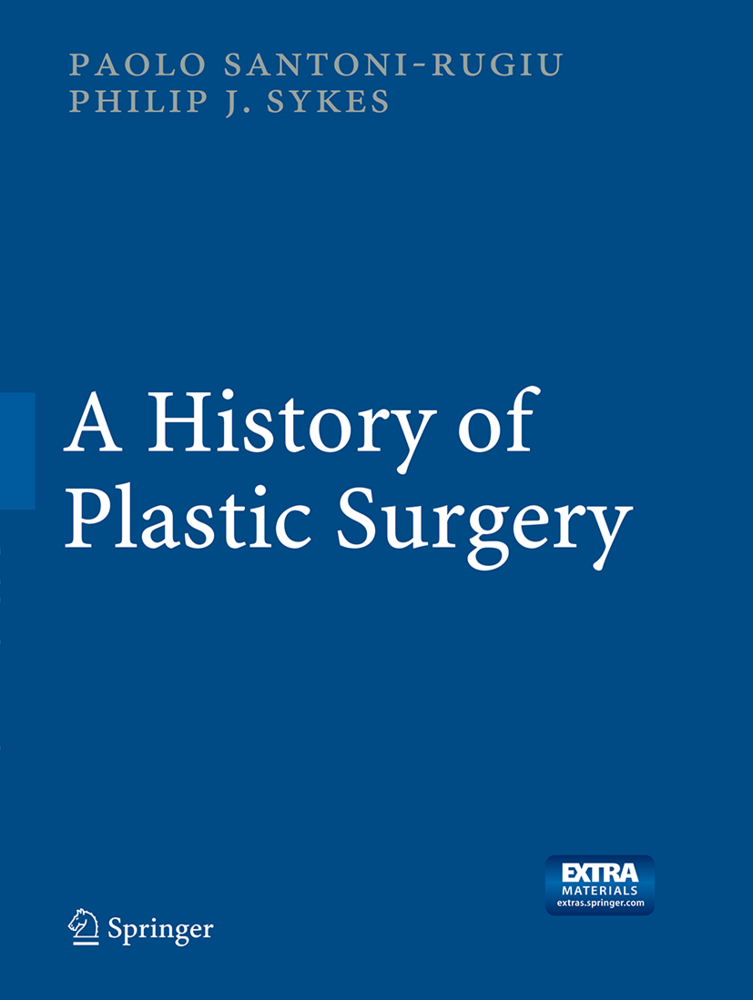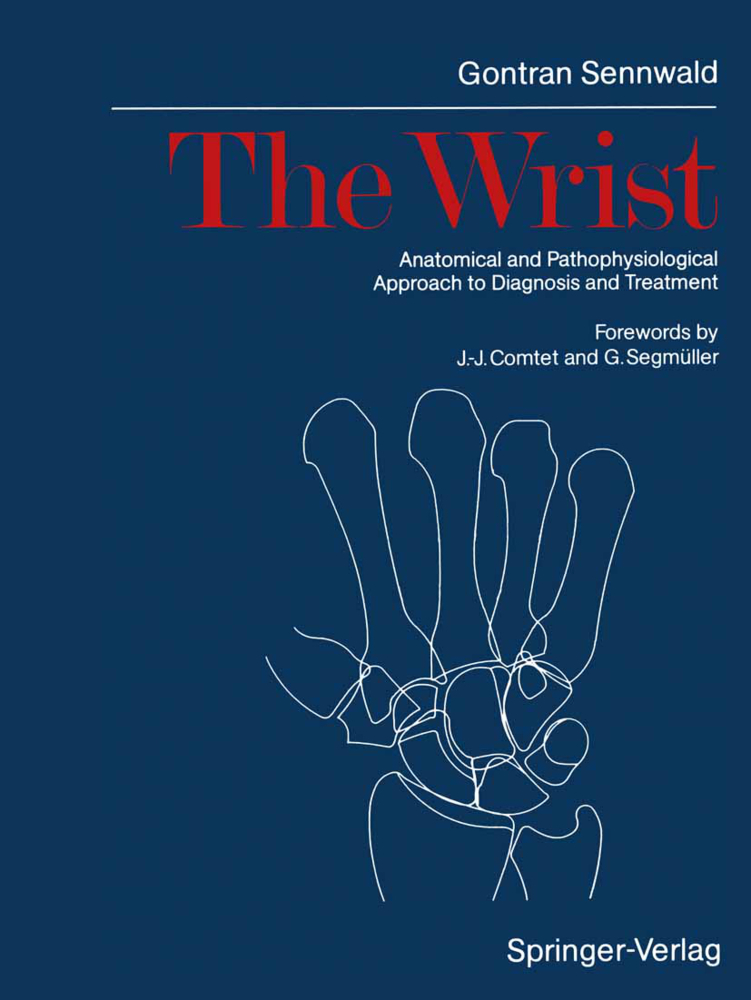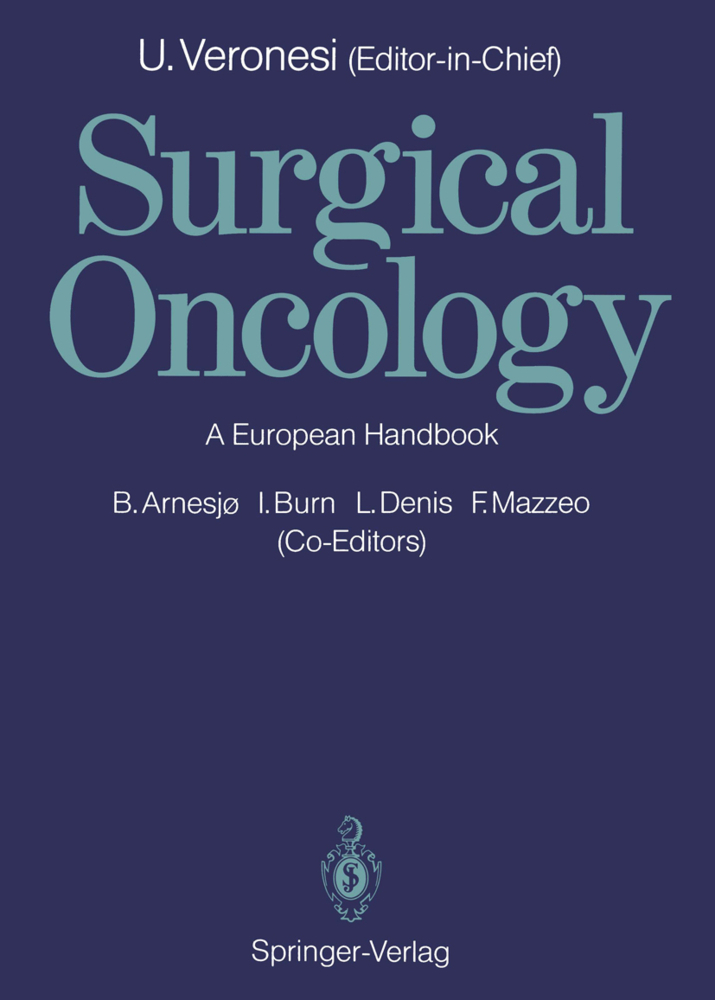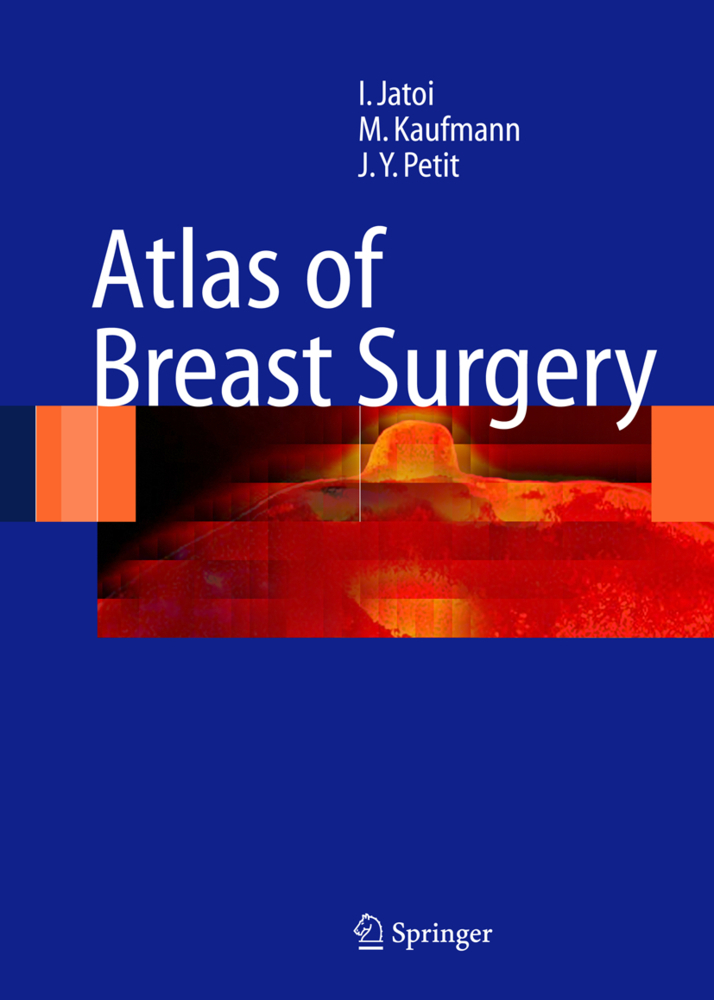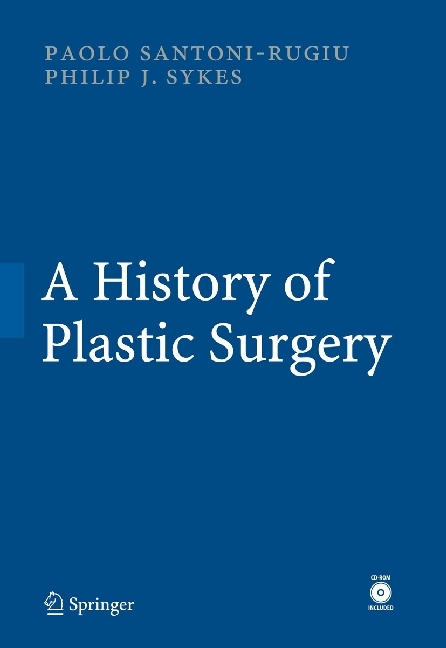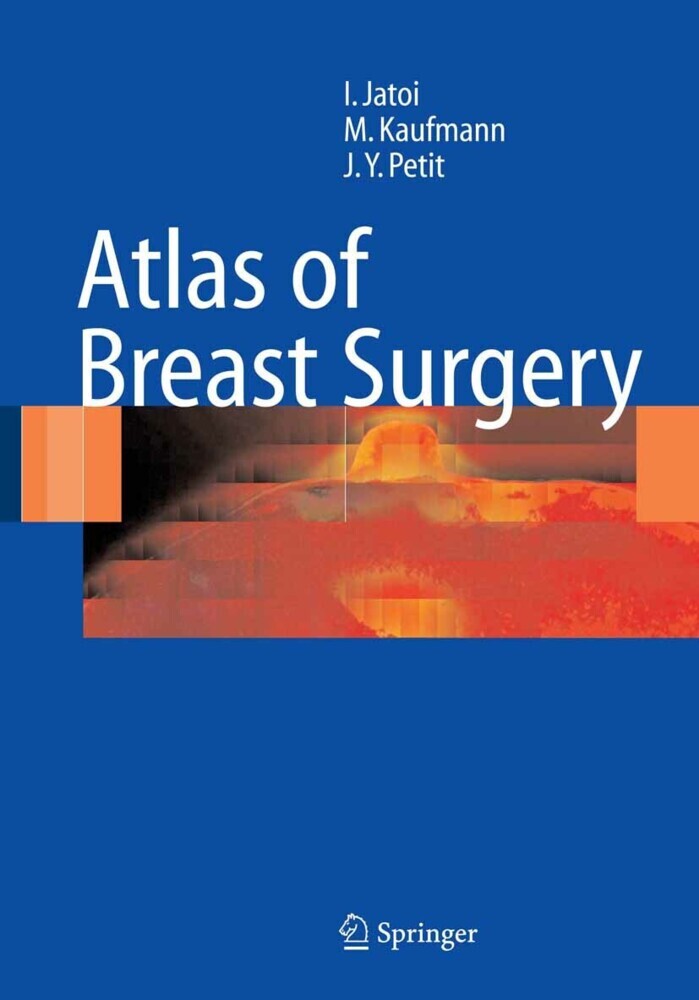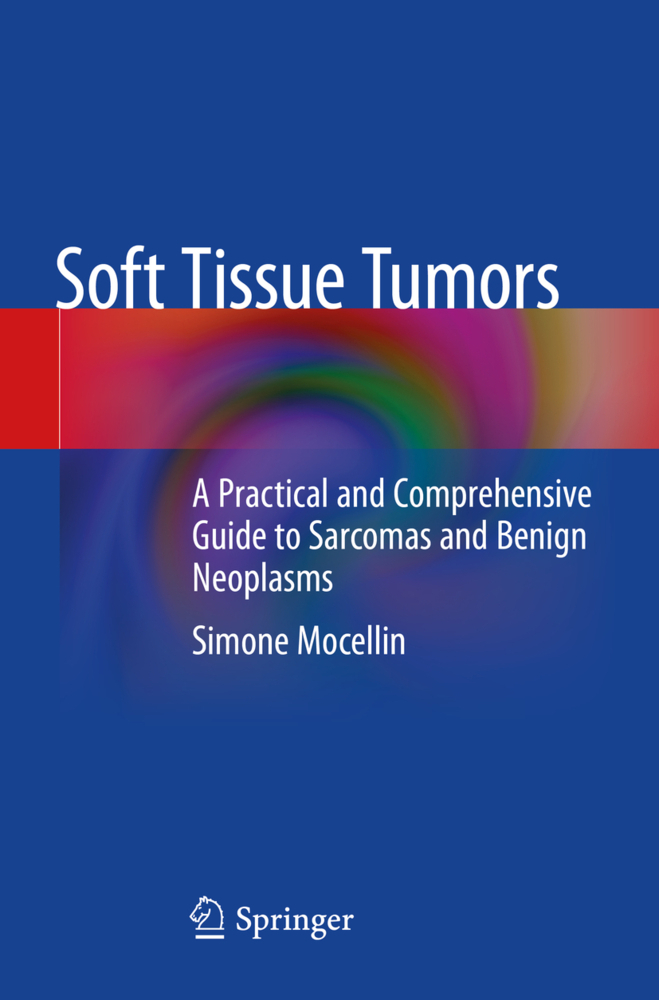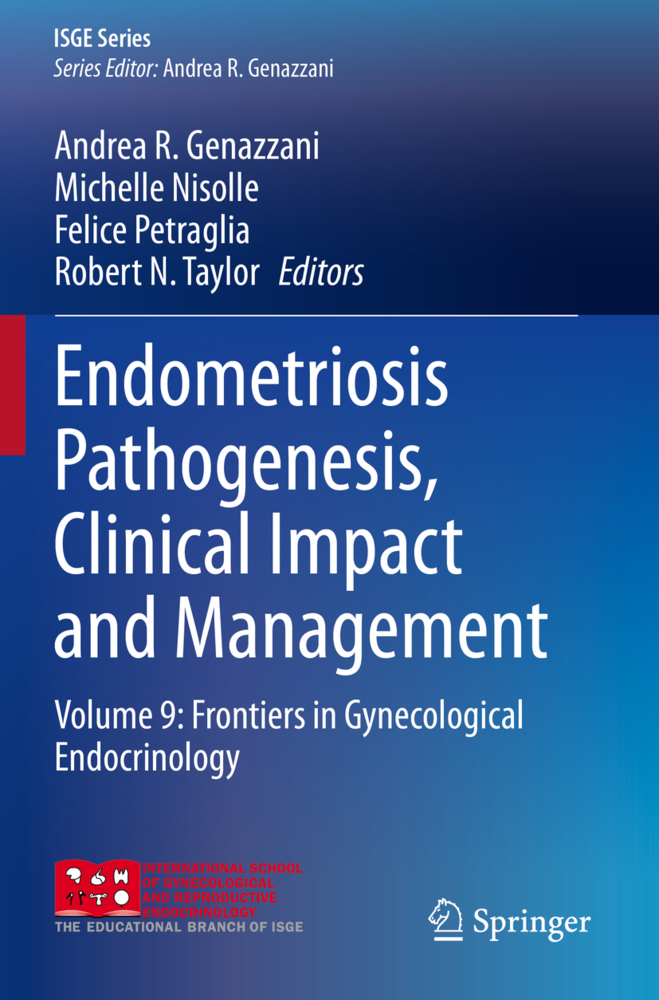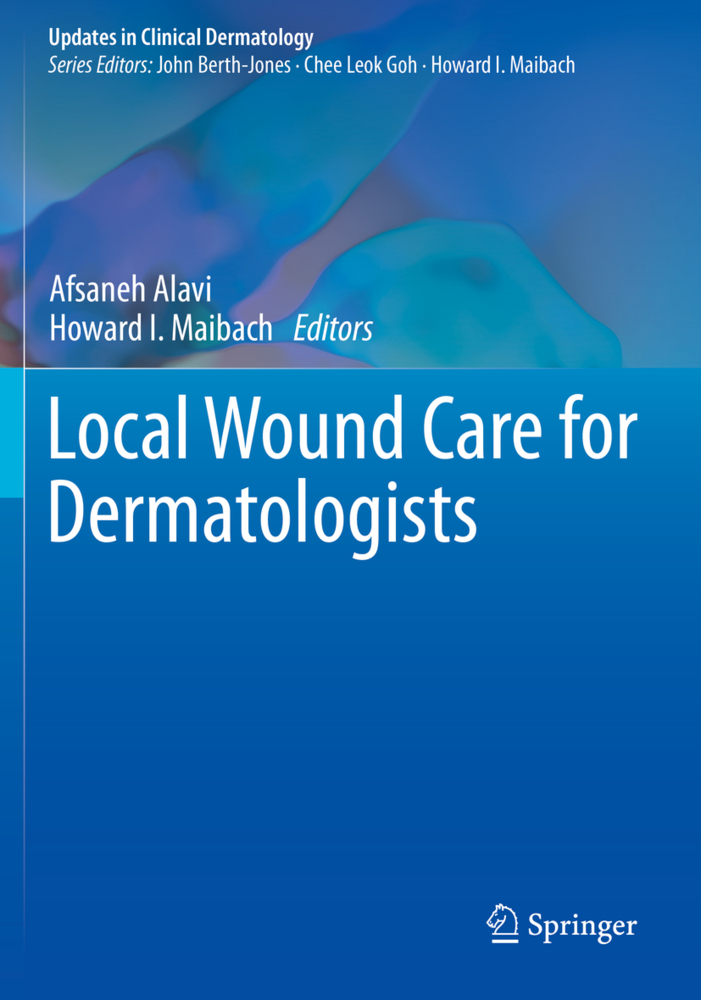Post-burn scar contractures are a commonly encountered problem in the field of plastic and reconstructive surgery. Nevertheless, many physicians still lack adequate knowledge on beneficial treatments. In this up-to-date atlas, leading specialists in post-burn treatment and the reconstruction of post-burn scar contractures depict in detail not only surgical techniques but also a variety of advantageous wound treatments. Many new methods invented by the authors are presented. Operative techniques are depicted in detail, and clear guidance is provided on selection of the most appropriate flap surgery. Advice is also given on how to prevent permanently disabling restriction of joint movement as a result of contractures and how to achieve good aesthetic reconstruction. This atlas is designed to appeal to a wide audience, from beginners to specialists. It will prove invaluable for doctors of every kind who deal with wound management.
1;Prefaces;5 2;Contents;9 3;PART 1: Primary Burn Wound Management;13 3.1;CHAPTER 1: Primary Wound Management: Assessment of Acute Burns;14 3.1.1;Introduction;14 3.1.2;Evaluation of the Total Body Surface of the Burns;14 3.1.2.1;Rule of 9;14 3.1.2.2;TBSA Following Age;14 3.1.3;Estimation of Burn Depth;14 3.1.4;Clinical Evaluation;15 3.1.4.1;First Degree;15 3.1.4.2;Superficial Second Degree;15 3.1.4.3;Deep Second Degree;16 3.1.4.4;Third Degree;16 3.1.5;Conclusion;17 3.2;CHAPTER 2: Primary Wound Management: Strategy Concerning Local Treatment;18 3.2.1;Introduction;18 3.2.2;Blister Management;18 3.2.3;When to Operate;18 3.2.4;Local Dressings;18 3.2.5;Pain Management;19 3.2.6;Surgery;19 3.2.7;Dermis and/or Skin Substitutes;19 3.2.8;Conclusion;21 3.3;CHAPTER 3: Debridement of the Burn Wound;22 3.3.1;Rationale for Debridement;22 3.3.2;Debridement of Blisters;22 3.3.3;Timing of Debridement;23 3.3.4;Technical Considerations;23 3.3.5;Debridement of Hand Burns;24 3.3.6;Debridement in Facial Burns;25 3.3.7;Tangential Excision;25 3.3.8;Fascial Excision;25 3.3.9;Hydrosurgical System Versajet;26 3.4;CHAPTER 4: Application of VAC Therapy in Burn Injury;27 3.4.1;Burn Wound Paradigm;27 3.4.2;Subatmospheric Pressure Wound Therapy;28 3.4.3;Summary;28 3.5;CHAPTER 5: Use of Vacuum-Assisted Closure (V.A.C.)® and Integra® in Reconstructive Burn Surgery;33 3.5.1;Skin Substitutes;33 3.5.2;Negative Pressure Wound Therapy;33 3.5.3;VAC with Integra;34 3.6;CHAPTER 6: ReCell;37 3.6.1;Background of the Technique;37 3.6.2;Characteristics and Indications for Use;37 3.6.3;Specific Skill of the Method;38 3.6.4;Clinical Cases;41 3.6.4.1;Case 1;41 3.6.4.2;Case 2: One-Year-Old Patient;43 3.6.4.3;Case 3;45 3.6.4.4;Case 4;47 3.7;CHAPTER 7: Strategies for Skin Regeneration in Burn Patients;49 3.7.1;Evolution of Burn Treatment;49 3.7.2;Seed vs. Soil Paradigm;49 3.7.3;Understanding Skin Regeneration;49 3.7.4;Current Research and Strategies for Skin Regeneration;51 3.7.5;Future of Regenerative Medicine in Burn Therapy;52 4;PART 2: Burn Scar Management;53 4.1;CHAPTER 8: Diagnosis, Assessment, and Classification of Scar Contractures;54 4.1.1;Diagnosis of Postburn Scar Contractures;54 4.1.2;Assessment and Classification of Postburn Contractures;55 4.2;CHAPTER 9: Prevention of Scar Using bFGF;71 4.2.1;Background of the Method;71 4.2.2;Characterization and Indication of the Method;72 4.2.3;Specific Points of the Method;72 4.2.4;Case 1;73 4.2.5;Case 2;75 4.2.6;Case 3;77 4.2.7;Case 4;79 4.3;CHAPTER 10: Medical Needling;81 4.3.1;Background of the Technique;81 4.3.2;Topical Adjuncts;81 4.3.3;Needle Depth;82 4.3.4;Characteristics and Indication of the Method;82 4.3.5;Indications for Medical Needling Post-Burn Using the 1-mm Roller;82 4.3.6;Indications for Medical Needling Post-Burn Using the 3-mm Roller;82 4.3.7;Advantages of Medical Needling;83 4.3.8;Disadvantages of Medical Needling;83 4.3.9;Specific Skills of the Method;83 4.4;CHAPTER 11: Treatments for Post-Burn Hypertrophic Scars;85 4.4.1;Treatment Strategy of Post-Burn Hypertrophic Scars;85 4.4.2;Partial/Complete Surgical Contracture Releasing ;85 4.4.3;Complete Surgical Resection ;85 4.4.4;Non-Surgical Multi-Modal Therapy ;85 4.4.4.1;Compression Therapy;86 4.4.4.2;Gel Sheeting;86 4.4.4.3;Corticosteroid Injection;86 4.4.4.4;Laser;89 4.4.4.5;External Agents;90 4.4.4.6;Internal Agents;90 4.4.4.7;Make-Up Therapy/Camouflage Therapy;90 4.5;CHAPTER 12: Make-Up Therapy for Burn Scar Patients;91 4.5.1;Background;91 4.5.2;The Method of the Make-Up;91 4.5.2.1;Massage;91 4.5.2.2;Foundation;91 4.5.2.3;Make-Up;92 4.5.3;Clinical Cases;93 4.5.3.1;Case 1;93 4.5.3.2;Case 2;95 4.5.4;Meaning of Make-Up Therapy;97 5;PART 3: Dermal Substitutes/Skin Graft;98 5.1;CHAPTER 13: Dermal Substitutes;99 5.1.1;Background of the Technique;99 5.1.2;Double Layer Dermal Substitutes;99 5.1.3;Single Layer Dermal Substitutes;100 5.1.4;Clinical Cases;101 5.1.4.1;Case 1;101 5.1.4.2;Case 2;103 5.1.4.3;Case 3;105 5.1.5;Discussion;107 5.2;CHAPTER 14: Acellular Alloge
Hyakusoku, Hiko
Orgill, Dennis P.
Teot, Luc
| ISBN | 9783642050701 |
|---|---|
| Artikelnummer | 9783642050701 |
| Medientyp | E-Book - PDF |
| Copyrightjahr | 2010 |
| Verlag | Springer-Verlag |
| Umfang | 499 Seiten |
| Sprache | Englisch |
| Kopierschutz | Digitales Wasserzeichen |

